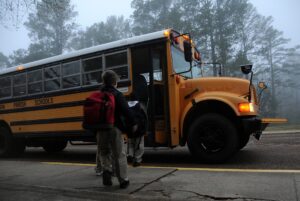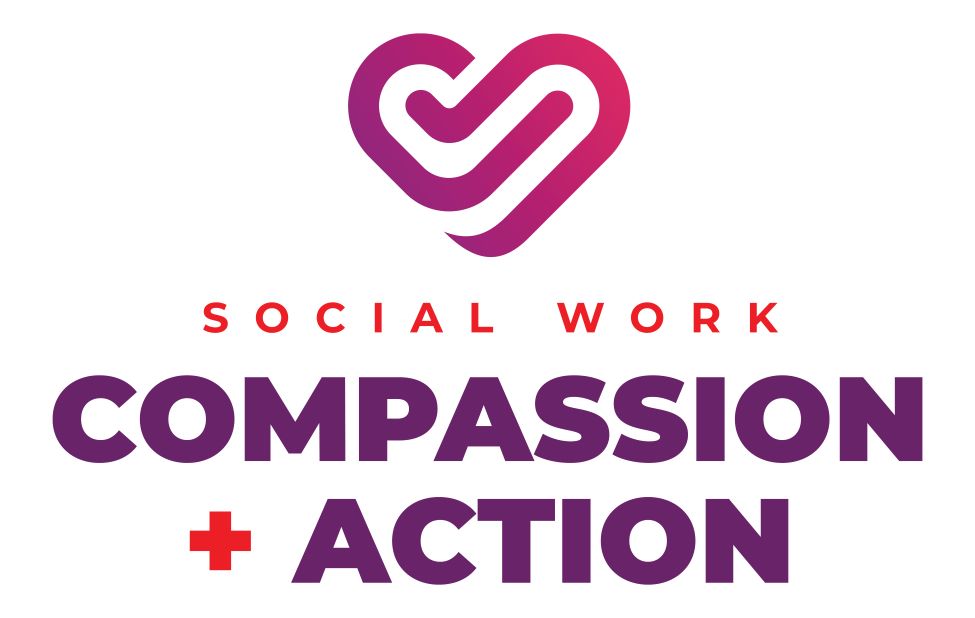A “teacher rant” posted on YouTube a couple of weeks ago addressed why teachers and other workers in the educational system are abandoning the profession in droves. Estimates are that between September and October 2021, 65,000 people left their jobs in education. In October 2021, there were 575,000 fewer people in education than in February 2020. Additionally, fewer people are willing to work as substitute teachers, meaning some school districts are closing for the day because they are understaffed. These shortages aren’t just in the classroom. Across the country, communities are dealing with a shortage of school bus drivers. Although the governor of Massachusetts activated the National Guard to drive the buses, one district ended up canceling classes for the day because there still weren’t enough drivers to shuttle students to school. The lack of drivers forced Seattle, WA, schools to cut 142 bus routes from their system. School cafeterias are also severely understaffed, with the Arlington, TX, ISD reporting 167 open cafeteria worker positions. The staffing problems school districts are experiencing result from a variety of issues that can be better understood with sociology.
 When sociologists consider major demographic shifts in a society, we examine the factors that motivate people’s behavior. These include push and pull factors. While these key terms are typically used in the discussion of immigration, they are just as effective in the context of this topic. Push factors are the conditions that encourage people to leave a situation. What are the conditions that push or encourage people to leave education? The COVID-19 pandemic is the most obvious push factor. From the challenges of teaching online to the fears of being infected in the classroom, many teachers decided that concerns over their own mental and physical health outweighed their love of the profession.
When sociologists consider major demographic shifts in a society, we examine the factors that motivate people’s behavior. These include push and pull factors. While these key terms are typically used in the discussion of immigration, they are just as effective in the context of this topic. Push factors are the conditions that encourage people to leave a situation. What are the conditions that push or encourage people to leave education? The COVID-19 pandemic is the most obvious push factor. From the challenges of teaching online to the fears of being infected in the classroom, many teachers decided that concerns over their own mental and physical health outweighed their love of the profession.

Another push factor is the pay for the work needed to do the job successfully. The average starting salary for teachers is around $40,000 per year. That may seem reasonable until one considers that the typical teacher works 11 hours a day, and much of this work is outside of the classroom and, therefore, uncompensated. While one could counter with the argument that teachers have summers off, much of the school year preparation actually takes place during the summer. In addition to time costs, many teachers purchase their own classroom supplies, with the average expenditure being around $500 a year. The salary issue is such a concern that, according to Pew Research, one in six teachers have a second job to make ends meet. For years, San Francisco ISD has considered building public housing for teachers because the cost of living in the city far outweighs educators’ salaries. These factors, combined with student and parent behavioral issues, give one insight into what is pushing people away from education.
 What are the pull factors or the conditions that encourage people to relocate, or, in this instance, change their profession? Salary is at the top of the list. The average school cafeteria worker earns $10.00 per hour. By comparison, starting pay at Amazon is $18 an hour. For teachers, earning a higher salary elsewhere means you only need to work one job. It also means that you don’t have to deal with the stress of students, parents, or administrators. This combination of factors helps pull people away from educational careers.
What are the pull factors or the conditions that encourage people to relocate, or, in this instance, change their profession? Salary is at the top of the list. The average school cafeteria worker earns $10.00 per hour. By comparison, starting pay at Amazon is $18 an hour. For teachers, earning a higher salary elsewhere means you only need to work one job. It also means that you don’t have to deal with the stress of students, parents, or administrators. This combination of factors helps pull people away from educational careers.
From a sociological perspective, we often think of education in terms of its role in the transmission of knowledge, skills, values, and beliefs from one group to another. Part of students’ learning includes the hidden curriculum or unintentional education of students in the ideals and ways of being in the society. Given the current state of the educational system in the U.S., one cannot help but wonder what unintentional lessons students are learning about the value of education and educators in American society.
Thompson is a co-owner of UITAC Publishing. UITAC’s mission is to provide high-quality, affordable, and socially responsible online course materials.
Images used in this blog:
- Photo by Kenny Eliason is licensed on Unsplash. This image has not been altered.
- Photo by Kelly Sikkema is licensed on Unsplash. This image has not been altered.
- Photo by EB Pilgrim is licensed on Pixabay. This image has not been altered.




